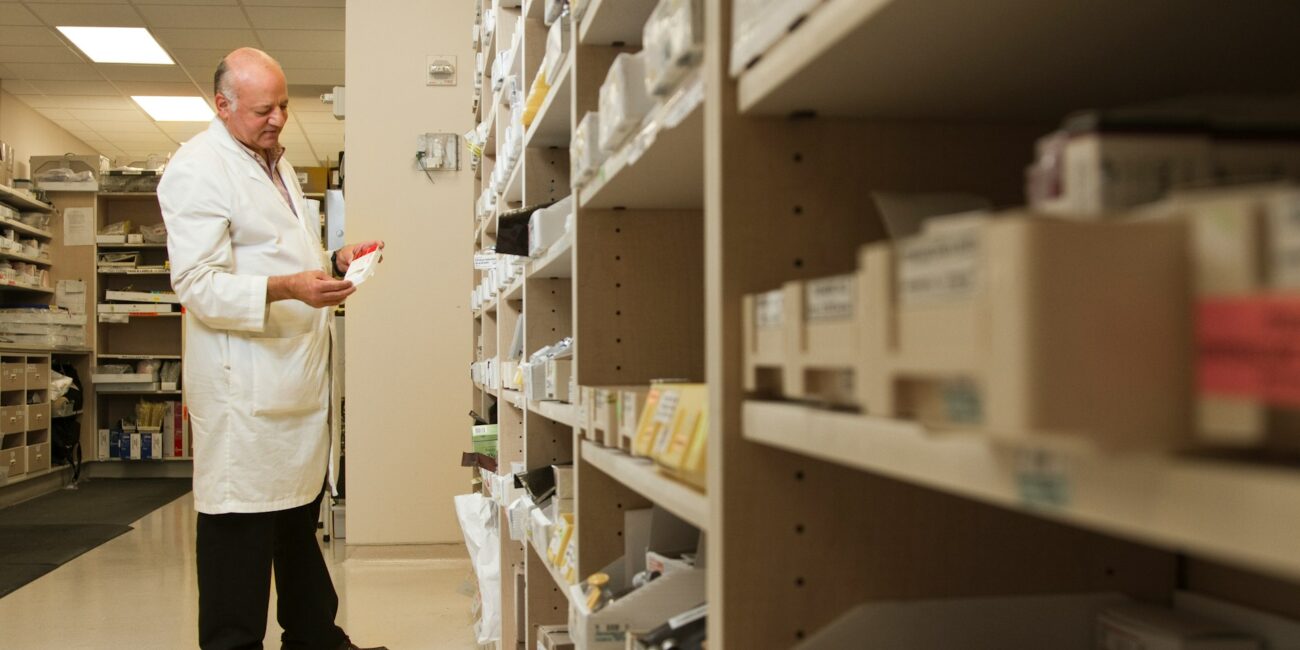In a rapidly evolving global landscape, pharmaceutical companies face unprecedented challenges due to regulatory changes.
As nations strive to ensure the safety, efficacy, and quality of medicines, the rules governing the pharmaceutical industry are constantly being updated. For pharmaceutical companies, staying ahead means not only complying with these changes but also leveraging them to gain a competitive edge.
This blog aims to explore the impact of global regulatory changes on the industry, offering insights into how companies can adapt and thrive in this dynamic environment.
The Importance of Understanding Regulatory Changes
Understanding regulatory changes is crucial for businesses, especially within the pharmaceutical industry.
These shifts, driven by both national and international bodies, are more than policy adjustments; they reflect evolving perspectives on public health and safety. Here’s why keeping abreast of these changes is vital:
- Compliance: Staying updated helps ensure that your organization adheres to the latest regulations, avoiding costly fines and legal issues.
- Innovation: Regulatory changes often open doors for new technologies and approaches, providing opportunities for innovation.
- Competitive Advantage: Companies that quickly adapt to regulatory shifts can gain a significant edge over competitors who are slower to comply.
- Global Operations: Bodies like the World Health Organization (WHO) and the International Council for Harmonisation of Technical Requirements for Pharmaceuticals for Human Use (ICH) work to harmonize regulations, simplifying international operations but requiring vigilance on both local and global fronts.
By understanding the historical context and the role of these international bodies, businesses can better navigate the complex regulatory landscape, ensuring both international compliance and strategic advantage.
Key Regulatory Changes Impacting the Industry
Regulatory changes are reshaping the pharmaceutical industry, demanding stricter compliance and greater transparency. Key regulatory updates include:
- Stricter Safety and Efficacy Requirements: Regulatory bodies now demand more robust clinical data before approving new drugs, aiming to reduce adverse effects and ensure genuine patient benefits. This necessitates greater investment in clinical trials and rigorous data collection.
- Enhanced Transparency and Reporting: Companies must disclose more detailed information about their products, including clinical trial data and adverse event reports. This move is designed to build public trust and support informed decision-making among healthcare professionals. Consequently, companies must invest in systems to manage and report this data accurately.
- Increased Scrutiny of Manufacturing Processes: Good Manufacturing Practices (GMP) have been updated to include stringent quality control and risk management requirements. This change aims to ensure product consistency and quality, driving companies to invest in advanced manufacturing technologies and comprehensive staff training.
These regulatory changes underscore the industry’s commitment to safety, efficacy, and transparency, compelling pharmaceutical companies to innovate and adapt to maintain their competitive edge.
Adapting to Regulatory Changes
Adapting to regulatory changes is crucial for pharmaceutical companies striving to maintain international compliance and avoid penalties. Proactive investment in compliance infrastructure is essential and includes several key elements:
- Hiring regulatory experts to stay abreast of evolving regulations.
- Updating internal processes to align with the latest compliance standards.
- Leveraging advanced technology, such as data analytics for trend identification, predictive insights, and automation to streamline compliance processes, minimizes human error.
- Utilizing digital platforms for real-time reporting and communication with regulatory bodies.
Incorporating these strategies not only helps in achieving compliance but also builds a reputation for reliability and trustworthiness.
Additionally, fostering a culture of compliance within the organization is vital. This entails regular training sessions, clear communication, and a robust reporting system, ensuring that all employees, from top executives to frontline staff, understand and adhere to regulatory standards.
Impact on Research and Development
The evolving landscape of regulatory changes in the pharmaceutical industry, while complex, offers significant opportunities for innovation and advancement in research and development. By adhering to stringent safety and efficacy requirements, companies can achieve several key benefits:
- Accelerating Drug Development: Stringent regulations ensure more effective and safer drugs, leading to faster approvals and stronger market positions. Expedited pathways for breakthrough therapies provided by regulatory bodies further incentivize innovation.
- Collaboration and Partnerships: The complexity of global regulatory changes underscores the importance of collaboration. Pharmaceutical companies are increasingly partnering with academic institutions, research organizations, and even competitors to share knowledge and resources, helping them stay ahead of regulatory changes and accelerate new treatments.
- Balancing Risk and Innovation: Navigating regulatory changes requires a careful balance between risk and innovation. Compliance is essential, but so is pushing the boundaries of scientific discovery. Companies that strike this balance effectively will be better positioned to succeed in the competitive pharmaceutical landscape.
Through these regulatory updates, pharmaceutical companies can not only comply with regulations but also harness them to fuel innovation, collaboration, and market success.
Global Regulatory Harmonization
Global regulatory harmonization aims to create a more consistent and predictable regulatory environment. This benefits pharmaceutical companies by reducing the complexity of international compliance and enabling faster market access.
Efforts such as the ICH guidelines provide a framework for aligning regulatory requirements across different regions. Despite these benefits, achieving global regulatory harmonization faces several challenges:
- Unique Regulatory Landscapes: Different countries have regulatory environments shaped by their public health needs, economic conditions, and political factors.
- Need for Ongoing Dialogue: Bridging these differences necessitates continuous cooperation among regulatory bodies, industry stakeholders, and international organizations.
Looking ahead, the trend toward greater regulatory harmonization is likely to continue. Companies that stay attuned to these trends will be better equipped to navigate the evolving regulatory landscape.
Economic Implications
Compliance with global regulatory changes is both a necessity and a financial burden for pharmaceutical companies, especially smaller ones. The costs associated with adhering to these regulations include significant investments in infrastructure, technology, and personnel.
However, it is crucial to approach compliance with a strategic mindset, focusing on areas that promise the greatest return on investment. Despite the initial strain on financial resources, there are several long-term economic benefits:
- Market Access and Competitiveness: Compliance with stringent regulatory standards enhances market approval chances and fosters trust with stakeholders, which can elevate a company’s competitive position and unlock new market opportunities.
- Avoiding Penalties and Delays: Failing to adapt to regulatory changes can result in costly delays, penalties, and damage to the company’s reputation.
- Sustainable Growth: Prioritizing regulatory compliance and innovation positions companies for sustainable growth. Developing safe, effective, and high-quality products helps build a loyal customer base, ensuring long-term success in the global pharmaceutical market.
While the short-term costs of compliance may be substantial, the long-term economic benefits make it an investment worth making.
Conclusion
In an era of rapid global regulatory changes, the industry must adapt to stay competitive. By understanding the impact of these changes, investing in compliance, and leveraging technology, companies can turn regulatory challenges into opportunities for growth and innovation.
The path to success requires a proactive approach, a commitment to quality, and a willingness to collaborate.
For those ready to take the next step, visit MCS-Associates.com to explore resources and expert guidance on navigating the complex world of pharmaceutical regulation.



